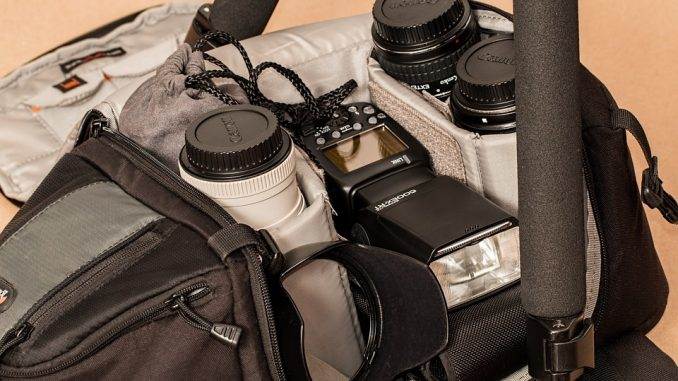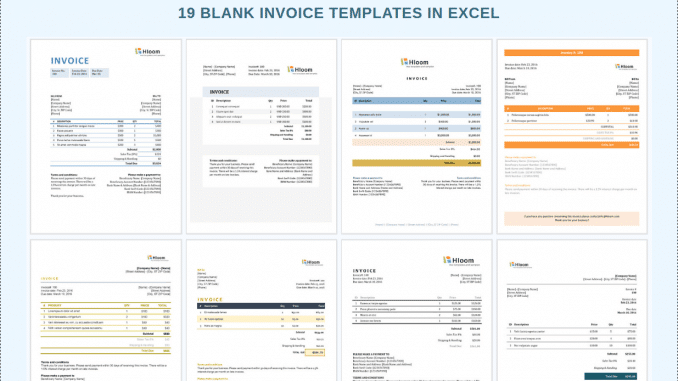Business is booming, yet no matter how many new photography jobs you book, you still don’t seem to be making much profit. Sound familiar?
Your billing could be the root of the problem. This article will help you with how to bill your customers, and how much to charge, plus you’ll get some free photography invoice templates.
How Much To Charge?
There is a lot involved in setting a rate, but one thing is clear: you need to make a certain amount just to subsist. So let’s begin there. Let’s say you need to draw a $60,000 a year salary. In order to accomplish that you must first calculate the dollar amount per hour required to reach that salary, and then mark-up that number by doubling or tripling it.
Why mark it up? There are numerous expenses associated with running a business, and the hourly rate you charge to your customers needs to cover more than just your own time.
Here are just a few of the other expenses you have to cover:
-
Taxes
-
Insurances
-
Equipment
-
Office/studio space
-
Advertising
-
Subcontractors
-
Supplies
-
Lost work hours (vacation/sick/holiday time)
If you don’t add in these costs, you won’t be able to set a rate that your business can thrive on. So, if you want to make an annual salary of $60,000, you would have to bill your client $90-$120 per hour in order to profit enough.
Several other factors can affect your rate:
-
Your Level of Experience: the more photography experience you have, the more you can charge.
-
Your Clientele: if you are after high end clients, then you can often charge a high end rate; but if your clientele is looking for a bargain, you could lower your rate.
-
Your Specialty: do you specialize in wedding photography? High impact sports photography? Corporate or advertising? Your specialty will determine the price you can charge for your services.
-
Special Skills: the more specialized your services are, the higher the cost. For instance, you will be able to charge more for underwater photography than you would for family portraits.
Two Ways to Charge Photography Clients
You can bill clients differently, depending on the project. When it comes to setting your rates and billing clients, there are two main ways to handle invoices:
Time & Cost Billing
When you bill clients in this manner, you actually bill an hourly rate for your time plus your incidental costs like travel, parking, equipment, models, etc. Â Keep in mind that while your hourly rate should cover such items as insurance, taxes and basic business overhead, your incidental costs should only include those incurred for that specific job.
One downside to this invoicing method is that some clients may nit-pick the invoice, asking to have certain time deleted from the bill.
This type of invoice is good for open-ended jobs that are otherwise difficult to accurately estimate costs. When you bill for your time in this manner, you almost guarantee that you will be paid for every hour you worked.
This type of invoice may not be good for someone who has streamlined their business practices, resulting in their taking less time to complete certain jobs. Just because you work faster than another photographer does not mean you shouldn’t be paid accordingly for the job.
Paid by the Project
When charging a lump sum for a project, you must determine the entire cost of the project, and bill accordingly. One of the benefits of setting fixed project rates is that clients know what their total costs will be.
This type of invoice is good for more predictable jobs. For instance, if a wedding photographer knows exactly how long they will be at the event and how long it will take to edit the photographs, they can easily set a base rate for the job.
This type of invoice may not be good for Beginners who may underestimate the time needed to complete the job, and expenses that they may incur.
Invoicing Clients
The last step to billing clients is generating a professional looking invoice. One of the easiest ways to create an invoice is by using pre-made templates. Hloom has over 130 invoice templates, and there is a section with 8 photography invoices (hourly, lump sum, time plus cost, services + expenses + licensing, etc.)
Have you mastered invoicing photography clients?
Learning how to bill clients for your photography services takes some time and a little know-how. Once you realize the costs involved in running your business, and obtain enough experience to understand your true worth, determining a solid (and reasonable) rate will not be difficult at all.
Do you use one of the methods in this article – or something else? Are there any tips you can share? Just leave a comment!







Leave a Reply